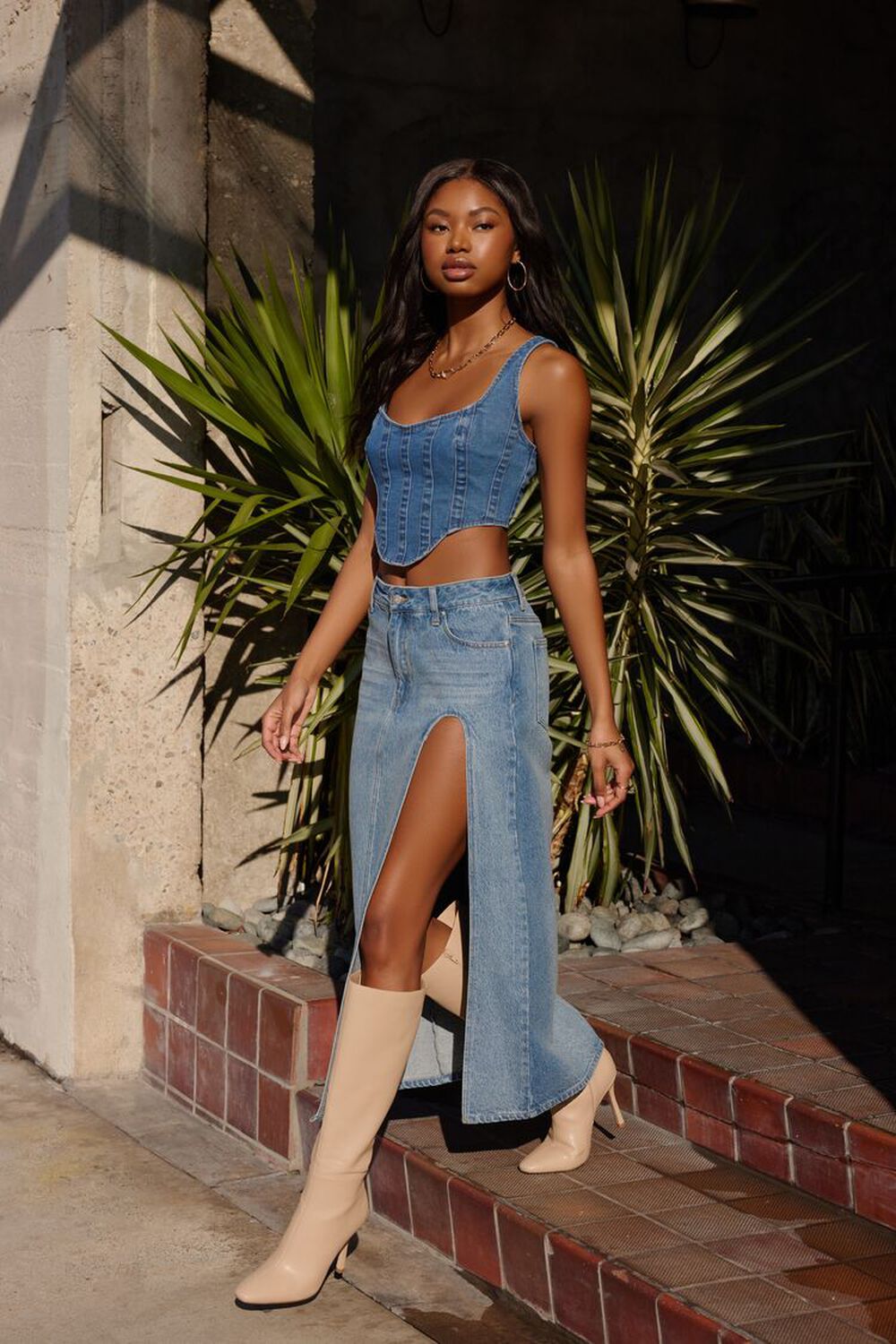
Corset tops, with their rich history and cultural significance, have become a subject of debate when it comes to cultural appropriation. As fashion trends evolve and cultures blend, it is crucial to navigate the fine line between appreciation and insensitivity. This exploration delves into the complex issue of corset tops and cultural appropriation, discussing the importance of understanding cultural context, fostering respectful collaborations, and promoting inclusivity. By engaging in thoughtful dialogue and adopting a conscious approach, we can navigate the realm of corset tops with appreciation and sensitivity, ensuring that cultural heritage is honored while avoiding harm or exploitation. Let us delve into the complexities surrounding corset tops and cultural appropriation, exploring ways to embrace diverse influences while fostering cultural understanding and respect.
Cultural Origins of Corset Tops and Potential Appropriation Concerns
Corset tops have cultural origins that should be acknowledged and respected. This perspective explores the historical context and potential appropriation concerns associated with corset tops.
Corset tops have roots in various cultures, including European, East Asian, and Indigenous communities. These communities have used corset-like garments as part of their traditional dress, often with distinct designs and meanings.
When individuals from outside these cultural backgrounds adopt corset tops without understanding or respecting their cultural significance, it can lead to cultural appropriation. Cultural appropriation occurs when elements of a marginalized culture are taken and used by members of a dominant culture, often without proper understanding or respect for their cultural importance.
Appreciation versus Appropriation of Corset Top Designs
It is important to distinguish between appreciation and appropriation when it comes to corset top designs. This perspective explores how individuals can appreciate corset top designs in a culturally sensitive manner.
Appreciation involves understanding the historical and cultural significance of corset top designs and respecting their origins. It involves learning about the cultural context, engaging with the community, and supporting and promoting the work of designers from the culture in question.
Appropriation, on the other hand, occurs when individuals take corset top designs out of their cultural context and use them without proper understanding or respect. This can perpetuate stereotypes, commodify cultural practices, and erase the voices and contributions of the culture’s own designers and artisans.
Conversations about Cultural Sensitivity when Wearing Corset Tops
Engaging in conversations about cultural sensitivity is crucial when wearing corset tops. This perspective explores the importance of open dialogue and promoting understanding and respect.
It is essential to listen to the voices and experiences of individuals from the culture being represented by corset top designs. Engaging in meaningful conversations with members of these communities can provide valuable insight into the appropriate and respectful use of corset top designs.
Educating oneself about the cultural significance of corset tops and their designs is also important. This can involve reading about the history, attending cultural events, or seeking guidance from cultural experts or organizations.
Intersectionality of Corset Tops and Cultural Appropriation in the Fashion Industry
The fashion industry plays a significant role in perpetuating or challenging cultural appropriation in corset top designs. This perspective explores the intersectionality of corset tops and cultural appropriation in the fashion industry.
The fashion industry should prioritize inclusivity, diversity, and cultural sensitivity when promoting corset tops and other garments. This includes diverse representation of designers, models, and cultural influences, as well as engaging in open conversations about appropriation and cultural appreciation.
Fashion brands should collaborate with designers and artisans from culturally significant backgrounds to ensure that their corset top designs are respectful and supportive of these communities. Additionally, fashion media and influencers have a responsibility to promote cultural sensitivity and challenge appropriation in their content.
In conclusion, navigating cultural appropriation in corset top designs requires an understanding of their cultural origins and a commitment to appreciation rather than appropriation. Engaging in conversations about cultural sensitivity, promoting inclusivity in the fashion industry, and respecting the voices and perspectives of marginalized communities can contribute to a more respectful and inclusive approach to corset tops.